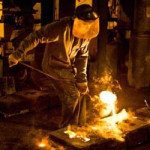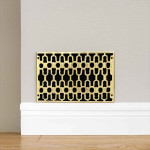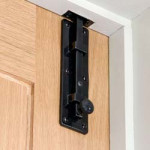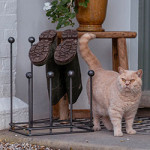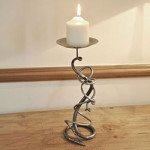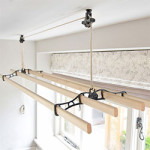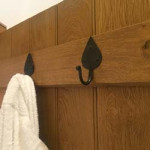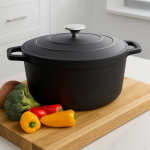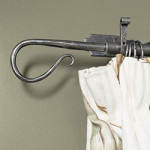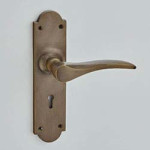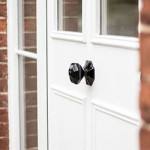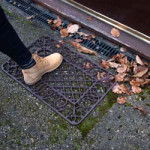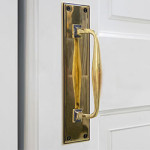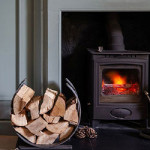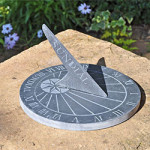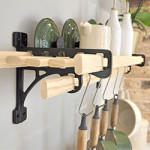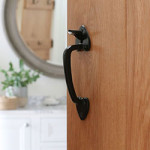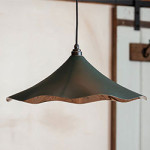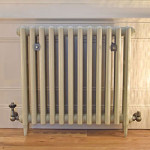How Black Antique Iron is Made and Why Kirkpatrick is Special

The Kirkpatrick Iron Foundry
The history, why their products are special, and how they make them
Click here to learn more about caring for your Black Antique Iron.
Cast in Style has a long history with Kirkpatrick. In fact, we have made specialty products for them in the past. This allows us to offer their outstanding products, knowing we are one of their preferred suppliers.

Why are Black Malleable Iron Products Special?
All Kirkpatrick products are 100% British-made and take over six weeks to complete. Unlike cast iron, which is brittle under tension, malleable iron is much stronger and less brittle, making it ideal for moving parts like hinges and gate latches.
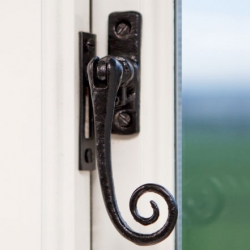
How is Malleable Iron Made?
Malleable iron undergoes a special heat process called annealing, which makes it stronger and less brittle. Unlike cheap cast iron products that rely on spring washers, Kirkpatrick products are hand-riveted, ensuring unmatched durability and quality.
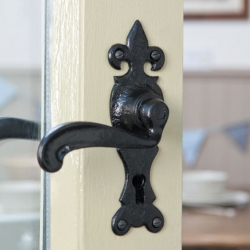
100% British Made
Kirkpatrick products are made in Walsall, West Midlands, following a hand-finishing process that takes over six weeks to complete. The products are renowned for their quality and durability, and every item is covered by a no-quibble returns guarantee.

Kirkpatrick History
Founded in 1855 by William Kirkpatrick, the company has a rich history of innovation and craftsmanship. Generations of the Kirkpatrick family have contributed to the company, ensuring the heritage and quality remain intact.

The Original Kirkpatrick Logo
The Kirkpatrick logo, "I mak siccar" ("I make sure"), is tied to a pivotal moment in Scottish history. This phrase reflects the meticulous care and assurance Kirkpatrick products offer.
How are Kirkpatrick Products Made?
Kirkpatrick products go through meticulous processes to ensure unmatched quality. Every stage is carried out by skilled craftsmen, preserving their heritage and delivering long-lasting products.
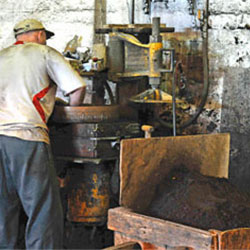
The Moulds
Moulds are prepared with special black sand mixed with a small amount of oil. Patterns are pressed into the sand to create precise moulds, which are crucial for casting quality iron products.
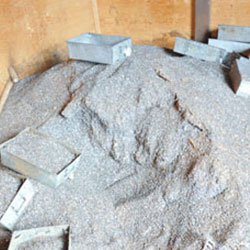
The Iron
The raw grey iron is composed of 95% iron and 5% graphite and silicon, which help facilitate the smelting and pouring process while minimizing impurities.
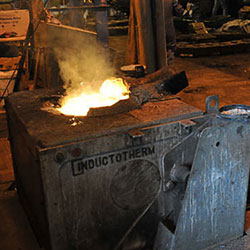
The Furnace
An induction furnace melts the grey iron at approximately 1200°C. This electric process ensures precision and efficiency in preparing the iron for casting.

Pouring the Iron
The molten iron is carefully poured into the moulds, with heavy weights placed on top to ensure the sand moulds remain intact and prevent explosions caused by the cooling process.


